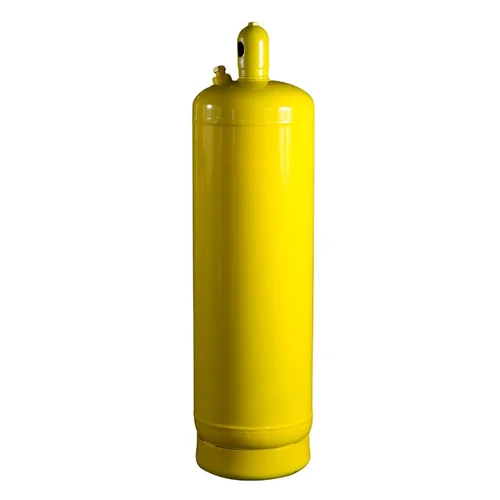Chlorine Gasses
| CHLORINE | Total purity by volume(%) | Maximum levels of impurities (ppm by volume) | |||||||
| Grade | O 2 | H 2O | Ar | H 2 | CO | CO2 | THC | N oxides | |
| Special | 99.99 | 1.0 | 1.0 | 2.0 | NIL | NIL | NIL | 0.5 | NIL |
| Grade-I | 99.98 | 2.0 | 2.0 | 3.0 | NIL | NIL | NIL | 1.0 | NIL |
| Grade-II | 99.95 | 4.0 | 4.0 | 5.0 | 1.0 | 0.5 | 0.5 | 1.0 | 0.5 |
Technical Specifications
| Color | Greenish-yellow, with a strong odor |
| Chemical Name | Cl2 |
| Molecular Weight | 70.90 g/mol |
| Boiling Point | -34.04°C (-29.27°F) |
| Melting Point | -101.5°C (-150.7°F) |
| Density | 3.214 g/L (at 0°C) |
| Flash Point | Non-flammable |
| Autoignition Temperature | Non-flammable |
| Flammability Limits | Non-flammable |
| Storage Pressure | Liquefied at ambient temperature (Pressure varies) |
Application Uses
Water Treatment: Chlorine is widely used in water purification to disinfect water and kill harmful bacteria, ensuring safe drinking water.
Bleaching Agent: Chlorine is used in the production of bleaching agents, which are essential in the paper and textile industries for whitening and cleaning purposes.
Disinfection in Swimming Pools: Chlorine is added to swimming pools to maintain water hygiene by eliminating bacteria and other harmful microorganisms.
Industrial Uses: Chlorine plays a vital role in various chemical industries, being a key component in the production of PVC, solvents, and other industrial chemicals.
Production of Chlorinated Solvents: Chlorine is used in creating organic compounds such as chloroform, carbon tetrachloride, and other solvents utilized in industrial processes.

